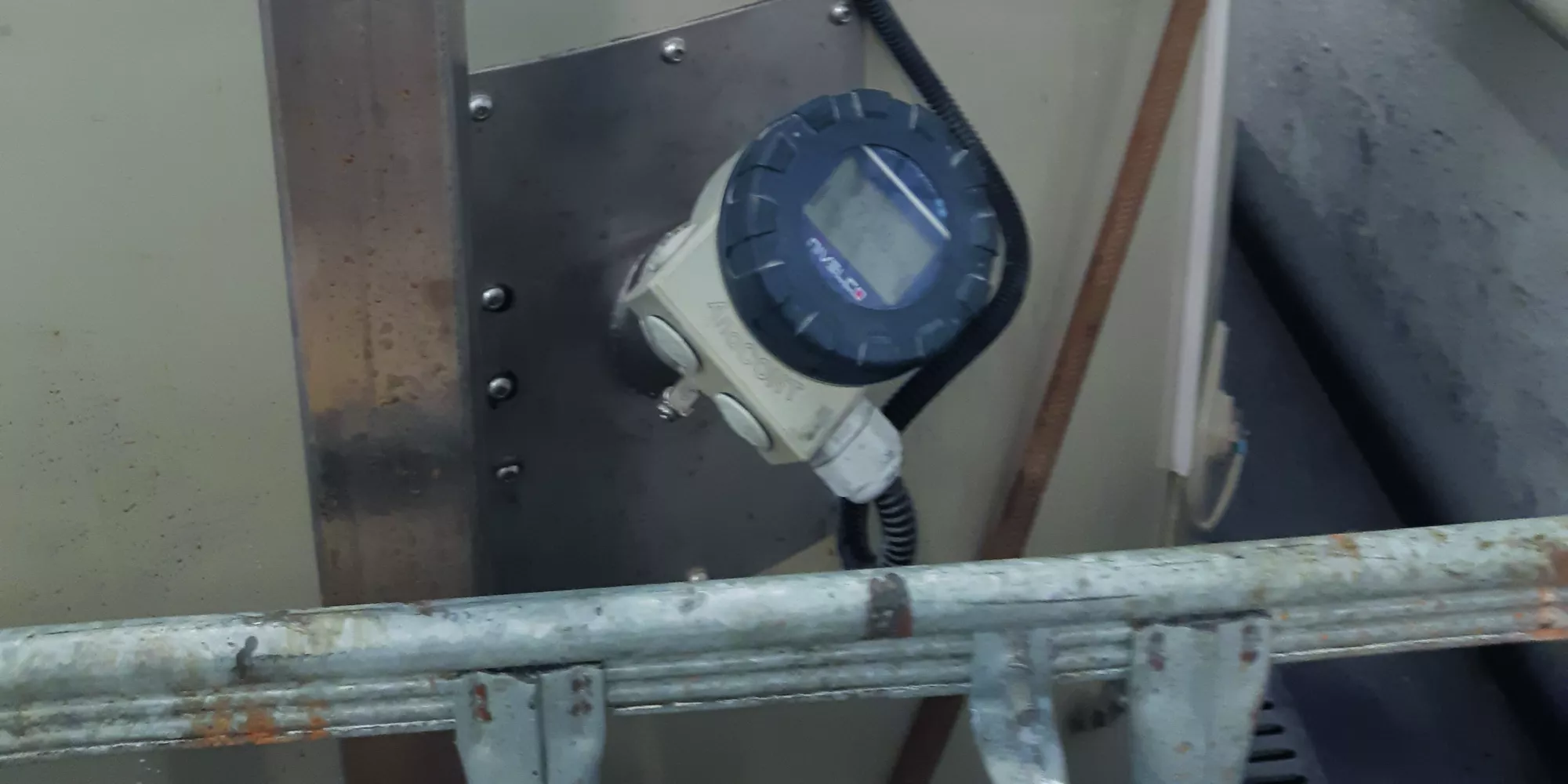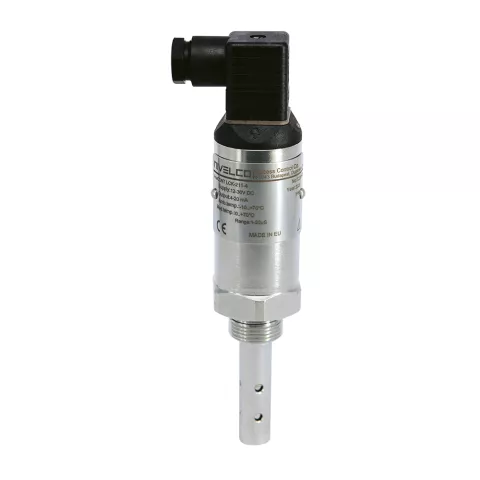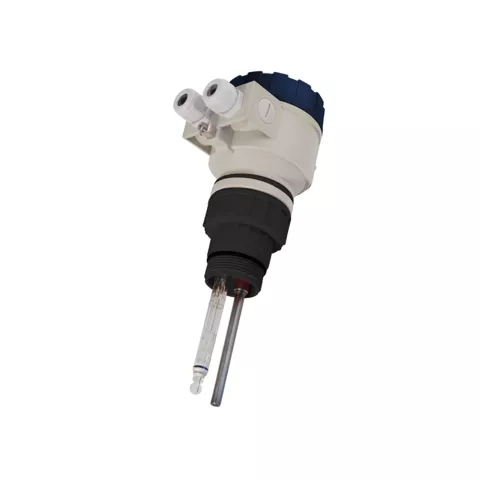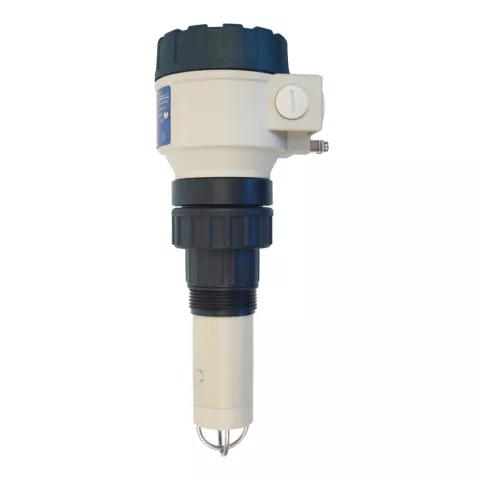Analysis - liquids
Liquid analysis is a crucial part in many industrial and scientific fields that require accurate measurements and analyzes of various liquid components to ensure quality, safety and efficiency in various processes. Afriso offers Nivelco's wide range of high-quality measuring instruments for liquid analysis, including pH meters, ORP (redox potential) meters, conductivity meters and oxygen measuring sensors.

What is fluid analysis and what does it mean?
Liquid analysis involves performing accurate measurements of specific parameters in liquids. These measurements are essential for monitoring and optimizing various processes in chemistry, environmental engineering, water treatment, food production and many other industries. By using advanced measuring instruments, companies can ensure that their liquids are of the right quality and meet the necessary standards.
pH measurement: A fundamental aspect of liquid analysis
pH measurement is one of the most basic and important aspects of liquid analysis. This process measures the acidity or basicity of a liquid. Afriso's pH sensors are designed for continuous monitoring and accurate measurement. They work by measuring the potential difference between a measuring probe and a reference probe, which generates a voltage proportional to the concentration of hydrogen ions in the liquid. This voltage is then evaluated by a signal processing electronics module which calculates the pH value.
Long-term stability and accuracy in pH measurement requires regular calibration of sensors with standard buffer solutions. This process ensures that the measurements remain accurate over time, which is critical for many industrial applications where small deviations can have large consequences.
ORP measurement: Monitoring of redox potential
Redox potential measurement (ORP) is another important parameter in liquid analysis. ORP meters are used to assess the oxidative or reducing capacity of a liquid. This is particularly important in water treatment and other processes where control of redox reactions is necessary. As with pH measurement, ORP measurement is based on the potential difference between a measuring probe and a reference probe. Oxidation or reduction occurs on the platinum surface of the measuring probe, and this reaction produces a voltage that is converted into a proportional output signal by an electronic device.
By using ORP meters, companies can monitor and adjust processes to ensure the fluids have the right balance of oxidants and reductants. This is critical to maintaining efficiency and safety in many industrial applications.


